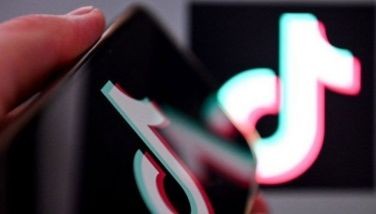Isuzu exec bucks proposed tax on AUVs

September 18, 2001 | 12:00am
Isuzu Phils. Corp. executive vice president Hiroshi Ishino voiced yesterday his disagreement over the proposed 15 percent excise tax to be slapped on Asian Utility Vehicles (AUVs).
According to Ishino, imposing the excise tax at this time would only cause more hardship not only to AUV manufacturers but also to the end users.
He pointed out that the AUV was specifically designed for the middle class market who want to be able to use their vehicle more productively.
"AUVs were intended for a specific niche market. They were intended for entrepreneurs who do not want just a car but something that would be more useful," Ishino said.
Ishino said because of the economic slowdown, sales of AUVs are also down with no change from three years ago.
He pointed out that one feature of the AUVs is its high local content which helps spur the local parts industry.
That was a primary reason, Ishino said, why the government decided to promote AUVs.
Even when the economy is up, Ishino said, a lot of people use AUVs. The 15 percent excise tax on AUVs was proposed by Board of Investments (BOI) managing head Gregorio Domingo. However, no less than Trade and Industry Secretary Manuel Roxas II has opposed the proposed 15 percent excise tax for AUVs.
According to Roxas, "we remain committed to supporting the development of AUVs."
However, Roxas acknowledged the need to "look at the status of high-end AUVs which have higher retail price and cater to the higher end of the market but continue to be exempted from excise tax.
He assured though that ordinary AUVS, especially those used for transport, should continue to be exempted from excise tax.
He said that "we know fully well that AUVs are not only the most useful public utility vehicle and service transport, but also have the highest local content and have good export potential.
According to Ishino, imposing the excise tax at this time would only cause more hardship not only to AUV manufacturers but also to the end users.
He pointed out that the AUV was specifically designed for the middle class market who want to be able to use their vehicle more productively.
"AUVs were intended for a specific niche market. They were intended for entrepreneurs who do not want just a car but something that would be more useful," Ishino said.
Ishino said because of the economic slowdown, sales of AUVs are also down with no change from three years ago.
He pointed out that one feature of the AUVs is its high local content which helps spur the local parts industry.
That was a primary reason, Ishino said, why the government decided to promote AUVs.
Even when the economy is up, Ishino said, a lot of people use AUVs. The 15 percent excise tax on AUVs was proposed by Board of Investments (BOI) managing head Gregorio Domingo. However, no less than Trade and Industry Secretary Manuel Roxas II has opposed the proposed 15 percent excise tax for AUVs.
According to Roxas, "we remain committed to supporting the development of AUVs."
However, Roxas acknowledged the need to "look at the status of high-end AUVs which have higher retail price and cater to the higher end of the market but continue to be exempted from excise tax.
He assured though that ordinary AUVS, especially those used for transport, should continue to be exempted from excise tax.
He said that "we know fully well that AUVs are not only the most useful public utility vehicle and service transport, but also have the highest local content and have good export potential.
BrandSpace Articles
<
>
- Latest
- Trending
Trending
Latest





























